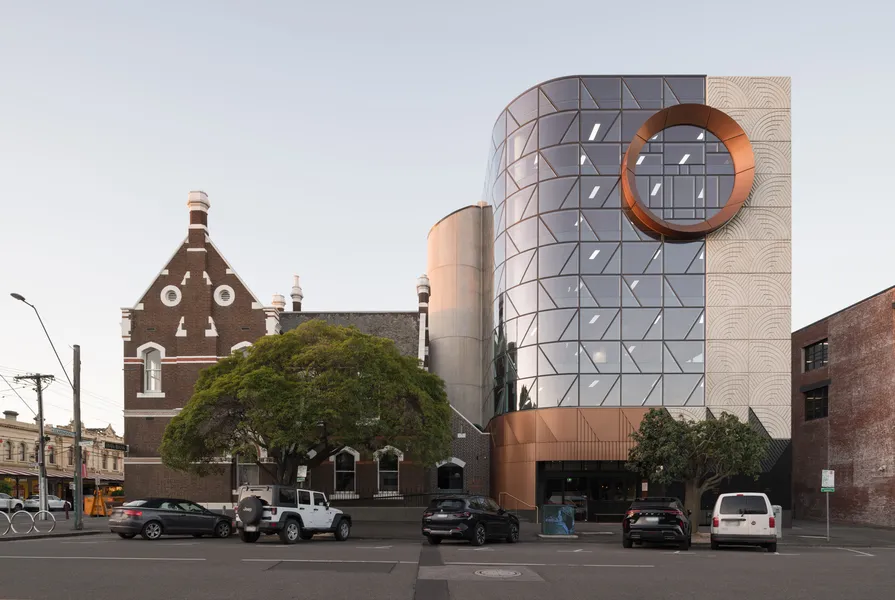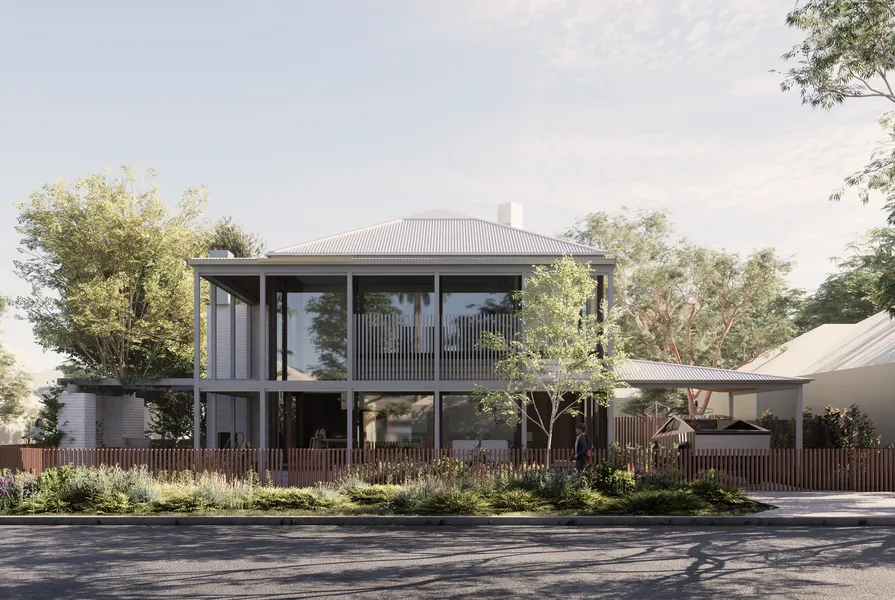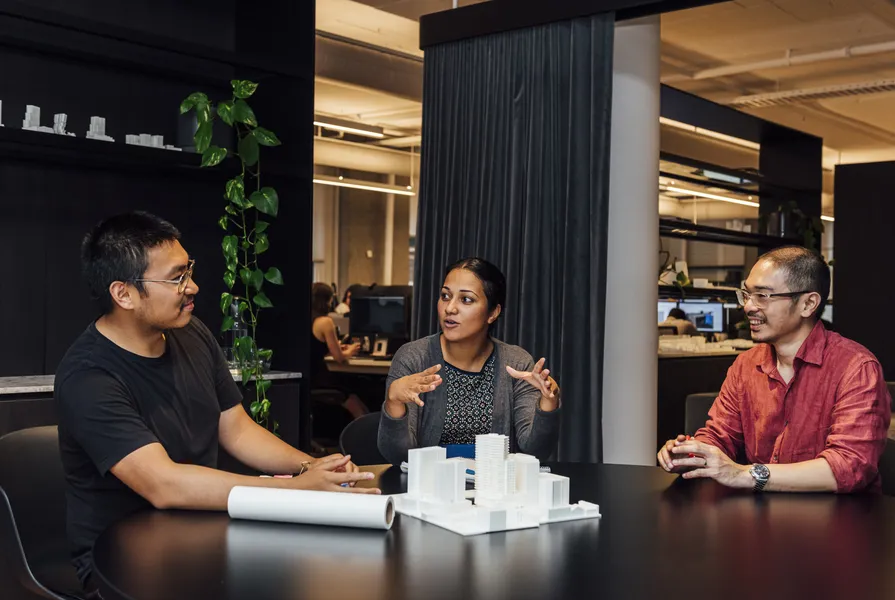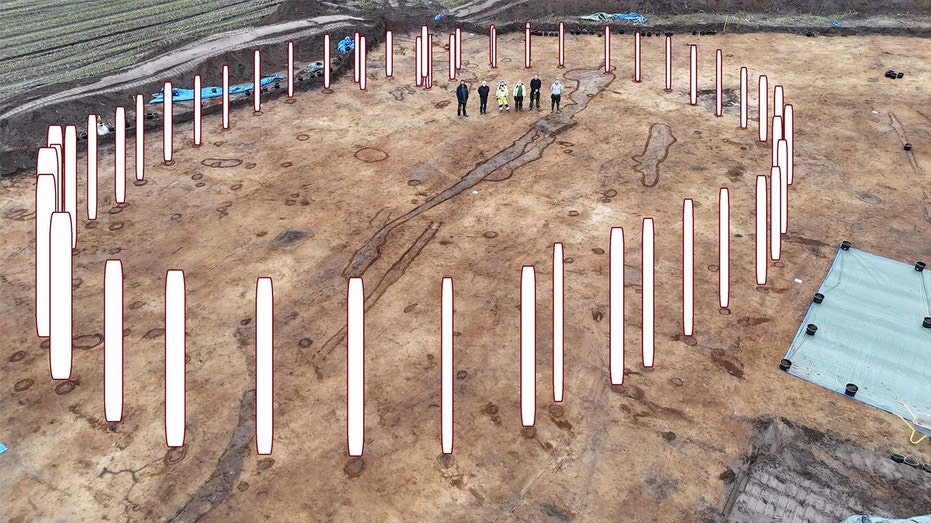- by architectureau
- 07 Mar 2025
Adelaide Festival Centre turns 50
An icon of arts and architecture on the banks of the Karrawirra Parri (River Torrens), Hassell and Partners’ Adelaide Festival Centre marks its 50th anniversary on Friday 2 June.
- by architectureau
- 02 Jun 2023
- in architects
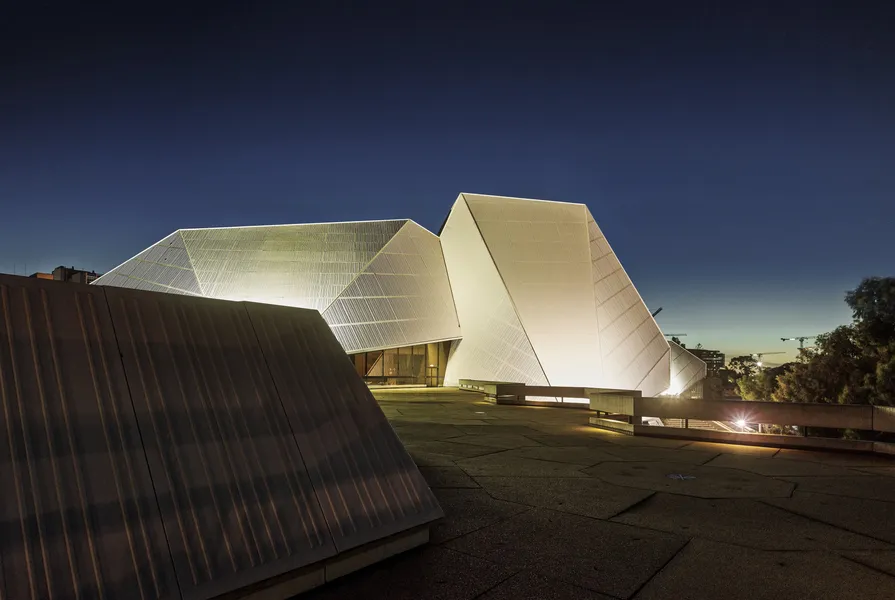
On 2 June 1973, then-prime minister Gough Whitlam officially opened the Adelaide Festival Centre, establishing the South Australian capital as a major arts city and marking a "major step forward in modern architecture."
On that night, the Festival Theatre - the complex's main building, and the first to be finished - played host to a performance of Beethoven's Choral Symphony and Fidelio (Act Two, Scene 1). Fifty years later, the Festival Centre is an established icon of arts and architecture on the banks of the Karrawirra Parri/River Torrens, and it will mark its anniversary with a gala concert.
The Festival Centre was designed by Hassell and Partners and built in three stages from 1970 to 1980. It comprises the multipurpose, 2000-seat Festival Theatre; the drama theatre The Playhouse (now the Dunstan Playhouse); the experimental theatre The Space (now the Space Theatre) and a number of smaller galleries and function spaces.
Leading the design was the late John Morphett, an architectural rebel who brought the lessons of Walter Gropius and other leading modernists to Australia. In his obituary for Morphett, Gordon Kanki Knight relates how the architect prepared for the commission by visiting the world's best theatres, taking in 42 halls in 42 days.
Following this whirlwind tour, Morphett "designed the building quickly, opting for two white octagonal shells in concrete."
"I didn't do many designs for the place," Knight has Morphett saying. "It was remarkably simple. I went home one night and built a little cardboard model and I thought that it might work. We refined it, but initially it was essentially as it came out.
"The design encloses fairly logically the functions inside," he explained. "You need an auditorium, you need a stage, so you put a different shell over each one and where they join is critical - the proscenium line is expressed where the volumes meet."
The design was, for the most part, applauded. In a 1997 Architecture Australia review of the centre, Ian Brown concluded that the centre was designed "in the right place at the right time for a right price."
(The entire centre cost $21 million, compared to $102 million for the Sydney Opera House, completed in 1973.)
Brown praised the functional aspects of the three performing spaces, as well as the siting of the centre's steel-framed "mushroom caps."
"In fact the setting is so appropriate that the scale of the city-scape seems larger than it is, but complements entirely the proportions of the Centre," Brown writes. "By which ever way you approach the Centre, from the River Torrens, bank, from the main traffic corridor of King William Street, from the Adelaide Railway Station, the sweep of the plaza provides exciting vistas with a surprise around every corner."
The centre was added to the SA Heritage Register in 1997. Its heritage listing describes an "unashamedly modern complex notable for its bold structuralist approach to form" whose architecture "may be regarded as progressive while reflecting the period in which the concept was first mooted."
The most controversial aspect of the centre has been the vast concrete plaza that surrounds it, punctuated by a large-scale environmental sculpture by West German artist Otto Hajek.
In his review, Ian Brown commented on "the entire bleakness of the Plaza area," which he said offered no protection from extreme weather.
Hajek's sculpture, comprising a series of colourfully painted concrete forms that camouflage the airconditioning vent from the carpark below, was awarded a "brickbat" by the Civic Trust in 1977, while in 1986 its distinctive form was emblazoned on a commemorative stamp. When it was announced that the sculpture would be decommissioned as part of the $90 million redevelopment of the plaza in 2015, some welcomed its removal, while others decried the move as "vandalism."
The latest redevelopment of the Festival Centre and its plaza has been led by original architect Hassell, with ARM Architecture and landscape architects TCL and Aspect Studios responsible for the outdoor areas.
Of the new works, Hassell described a "restrained approach" that "will enhance the existing fabric and enable the elegant geometry to maintain its presence within an increasingly complex urban precinct."
- by foxnews
- descember 09, 2016
Ancient structure used for cult 'rituals' discovered by archaeologists
A Neolithic Timber Circle was discovered by archeologists in Denmark resembling the historical landmark Stonehenge in the U.K. It is open to be viewed by the public.
read more